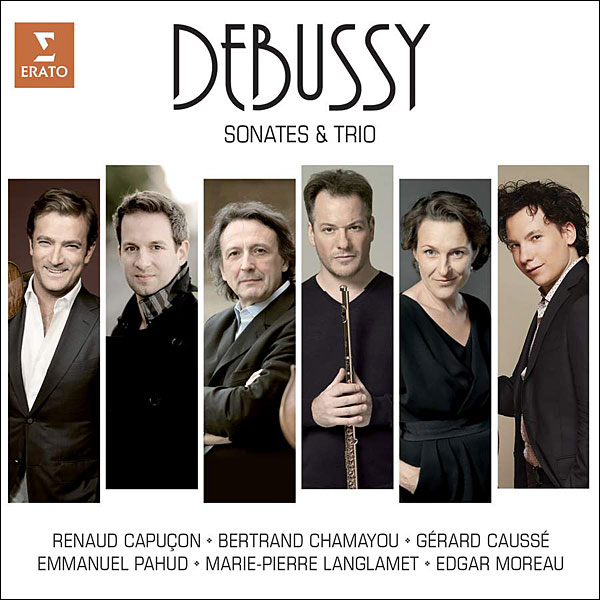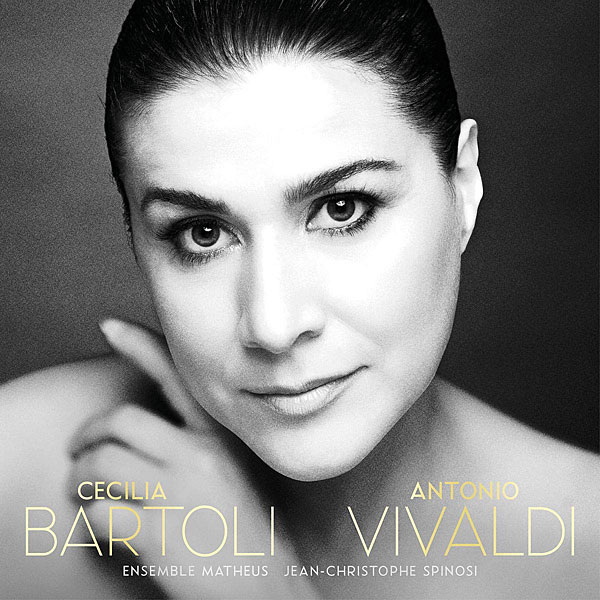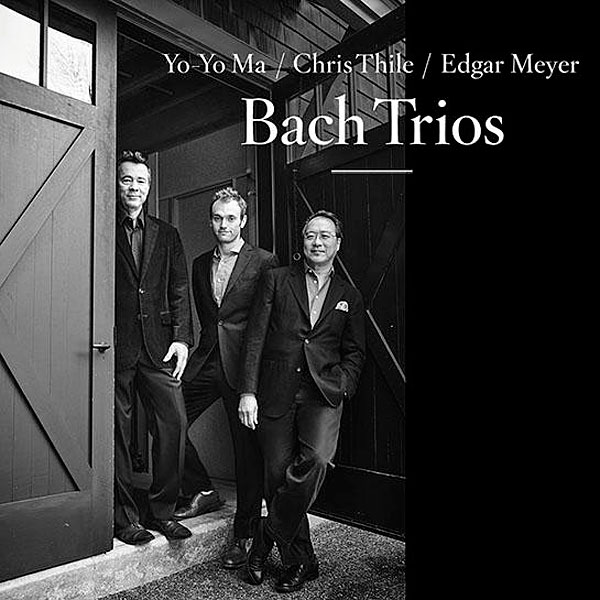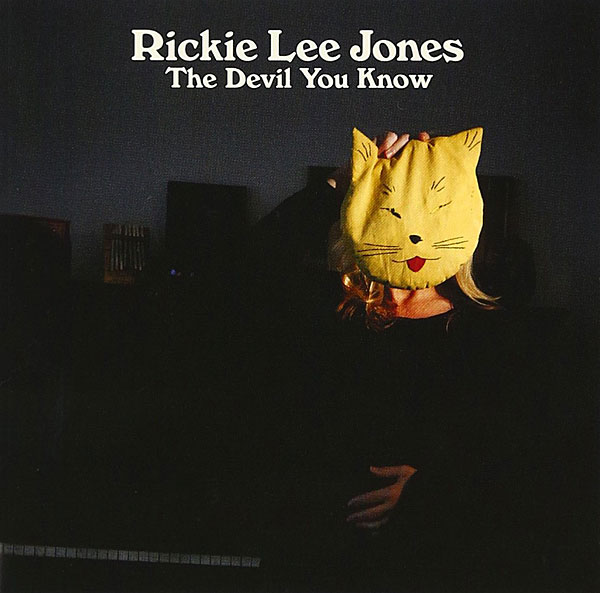| Columns Retired Columns & Blogs |
That relationship (in time) seems to be the reason I keep away from Class D amplification.
I know it can be corrected with additional product investment, but isn't that the real question? Is this a product of all Class D or is this a design/cost issue?
I am in the market for a stereo amp or monoblocks in this price range, and yes, I obviously need to hear these first.
Kudos to Peter here... to impress Jason takes a lot!
What about the Odyssey Stratos Mono Amps for a future review? They seem to still be going strong as well...















































